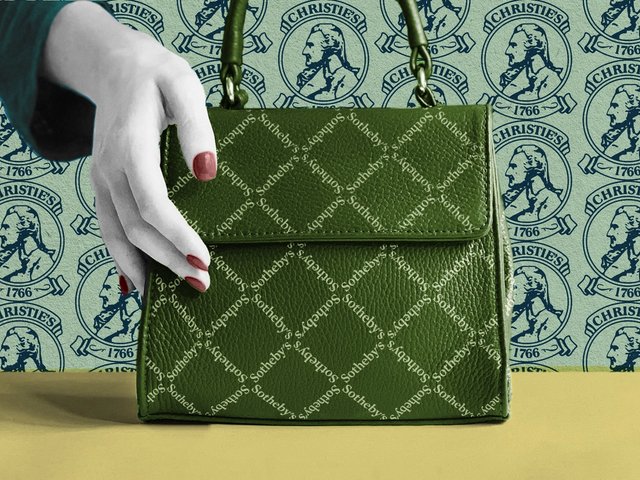Is it me, or do the auction houses seem wobbly? Within the same three-week period in January and February, Phillips’s chief executive, Stephen Brooks, and Bonhams’s equivalent, Bruno Vinciguerra, left the firms. Jussi Pylkkänen, Christie’s star auctioneer and global president, exited in December, after 38 years, to privately advise clients. Sotheby’s is dramatically reshaping its fee structure (see p33), while its ownership under Patrick Drahi remains a constant source of speculation. None of this screams stability.
The reasons for Brooks’s and Vinciguerra’s departures are difficult to know for sure, though the latter seems the more surprising. Although Bonhams is the least transparent of all the auction houses—which is saying something—we know that under his watch the company posted a substantial uptick in sales and its highest ever annual turnover while others struggled in a challenging 2023.
Frustrations, concerns and reassessments
Ultimately, it seems the owners of both houses—the investment vehicles Mercury Group and Epiris, respectively—grew frustrated. Phillips and Bonhams seem permanently for sale, but in an economic environment where quick turnarounds are tricky in all industries, finding a buyer who can accept the auction sector’s rising costs and falling profits is no easy task. It is, to my mind, short-sighted, but well-paid senior staff might also feel like a luxury in the current climes. Neither Brooks nor Vinciguerra had been directly replaced yet at the time of publishing.
There are other concerns ahead. The public market is shifting away from its traditional matchmaking role, as the internet and social media ably take up the slack. Auction houses may give comfort, but how much longer can they charge eye-watering fees at both ends for what is beginning to look like an automatable function? Auction sales, art fairs and gallery shows need to be increasingly spectacular and experiential, with perks beyond the business of the day, all of which comes at more cost. Meanwhile, the growth of China’s economy, which has been a boon to the auction houses since the downturn of 2007-08, has slowed, adding at least one structural worry to the recent cyclical shudders in the macro-economy.
Commercial galleries are having a rethink too, although it is manifesting more in hiring than firing. Although the “megas” continue to grow around the world, seemingly sweeping up all the hot artists available, their expansion only increases the challenges of managing a globe-spanning staff and delivering a coherent strategy.
Gary Waterston, recently appointed as Pace’s executive vice president of global sales and operations, says that the thrust of his managerial role is staff retention. White Cube created the role of chief executive and filled it with the experienced investment banker Sam Johnson, suggesting the business of art now needs a firmer hand.
Art’s market makers have found ways to bring in new buyers, but—as the latest Art Basel & UBS Art Market Report notes—they are still struggling to convert one-off sales into regular business. Given the trade’s stubborn appearance of stagnation, it is hardly surprising that auction house and gallery owners are reassessing their strategies. The hope is that there is a way through the impasse, and that new leaders can bring new ideas. The question is, in uncertain times, will any of them stick?






